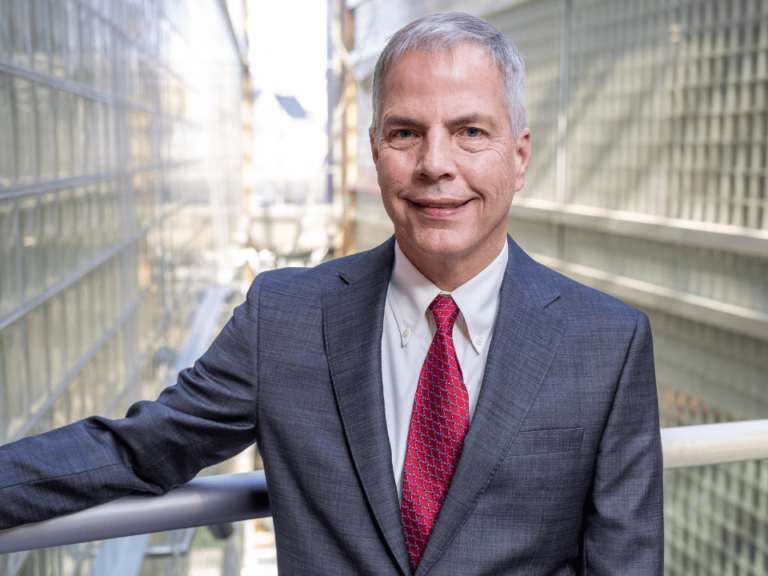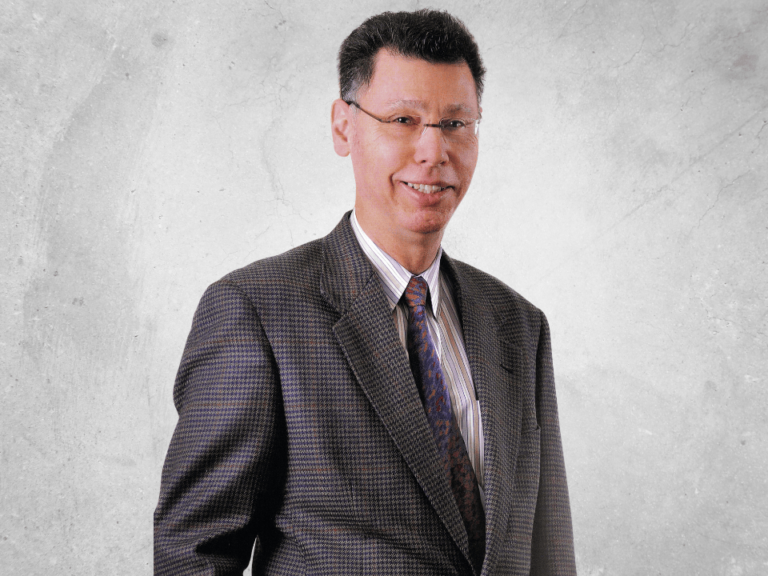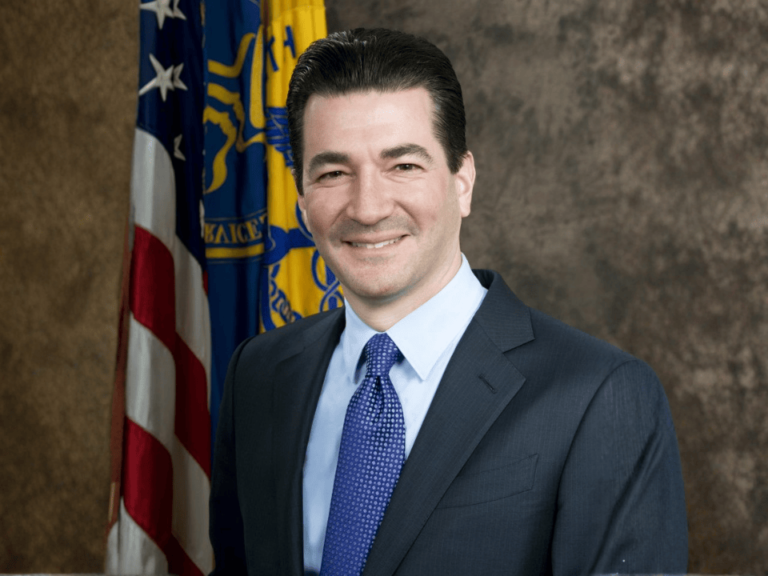Over the past five decades, a marked shift in the number of women practicing gynecologic oncology has transformed the field. The specialty began as 57 men gynecologists, who saw an unmet need in the care of women with malignancies of the female genital tract.
To access this subscriber-only content please log in or subscribe.
If your institution has a site license, log in with IP-login or register for a sponsored account.*
*Not all site licenses are enrolled in sponsored accounts.
Login Subscribe
If your institution has a site license, log in with IP-login or register for a sponsored account.*
*Not all site licenses are enrolled in sponsored accounts.
Login Subscribe













